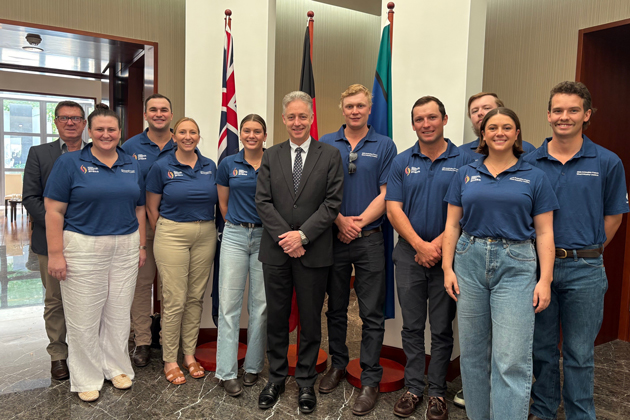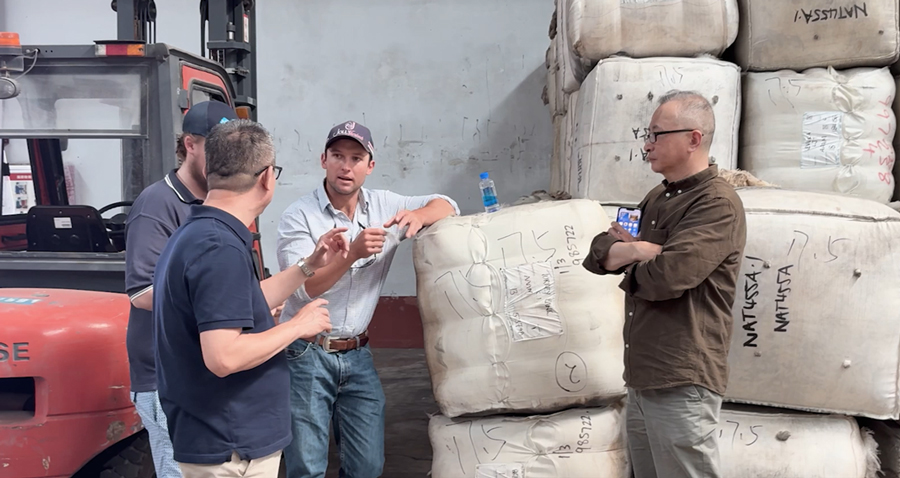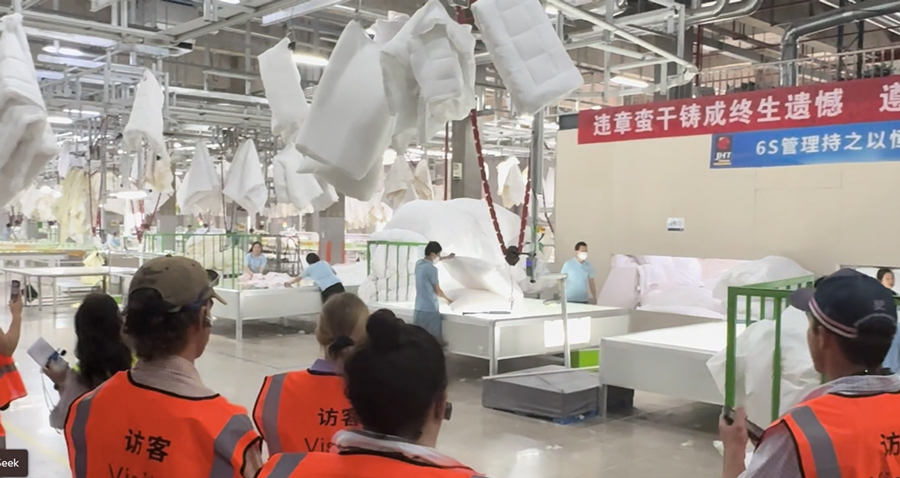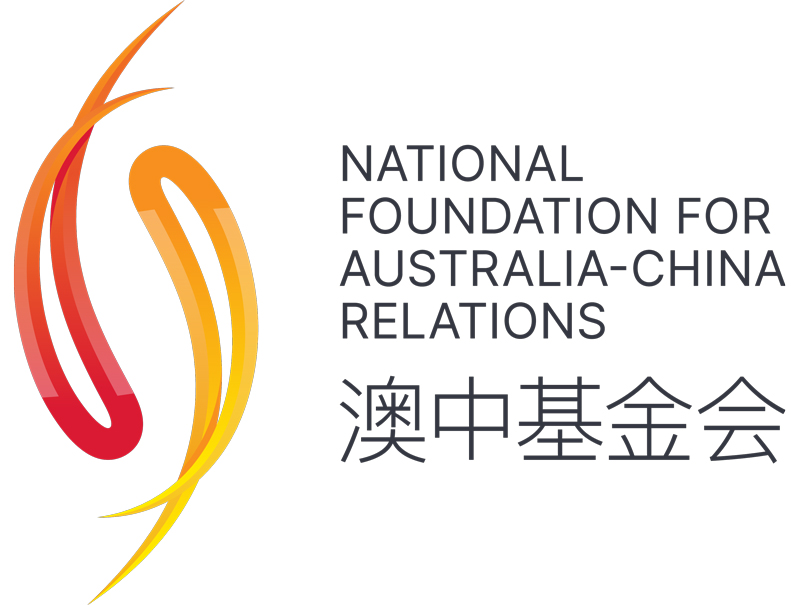Young Aussies witness China’s huge investment in wool

Eight up-and-coming members of the Australian wool industry visited China in May as participants in AWI’s Australian Future Wool Industry Leaders program, and returned to Australia with optimism having witnessed China’s high level of investment in the wool industry.
The Australian Future Wool Industry Leaders program is organised by AWI and is a key output from a grant provided by the Australian Government’s National Foundation for Australia-China Relations (NFACR). As part of the program, eight young Australian woolgrowers undertook a 10-day study tour of the Chinese wool industry in May.
The program included visits to wool processors Tianyu and Sunwoo, yarn spinner Xinao, textile manufacturer Shanghai Challenge, and the vertically integrated Nanshan Group. It also included visits to the flagship stores of apparel brands ICICLE and Uniqlo, home textile manufacturer Wuxi JHT, the Wool Education Centre at Donghua University, and the Woolmark office in Shanghai.
The group was also welcomed in Beijing by the Australian Ambassador, Mr Scott Dewar, who provided his insights on Government-to-Government relations as well as the broader trade opportunities between the two countries.


The Australian young woolgrowers witnessing the breadth and scale of the Chinese wool industry.
Woolgrower Mitchell Rubie from Forbes in NSW said he and the other participants were greatly impressed with the high level of Chinese investment in the wool industry.
“It’s an experience we will never forget and one we will all be sharing with family, friends and our wool industry connections in Australia. To see and hear personally from our major wool customers, who share an affinity for the amazing product we produce on-farm, gives us encouragement that there is a good future in wool,” he said.
This was the second Australian delegation to visit China on a study tour funded by the NFACR, following the visit by ten other young members of the Australian wool industry in September 2024. A further group will visit China in September 2025.
In April of this year, NFACR grant funding was also used to bring ten young members of the Chinese wool industry on a study tour of Australia during which they gained an increased knowledge of and appreciation for Australian wool.
“We greatly appreciate the Foundation’s support for these study tours which will strengthen industry ties with Australia’s biggest wool market. With this support and AWI’s extensive business relationships in China, we are able offer these future wool industry leaders a unique business and cultural experience – one that will forge strong relationships into the future,” said AWI CEO, John Roberts.
During a welcome for the group at the Australian Consulate in Shanghai by the Acting Consul-General, Ms Khadija Haq, the CEO of NFACR, Mr Gary Cowan, spoke of the importance of gaining an appreciation for the culture, customs and priorities of your business partners.
“The Foundation is delighted to see this group of young woolgrowers developing both trade and cultural connections here in China. Creating these links and sharing their passion for Australian wool is what strengthens our ties – now and into the future,” he said.
The participants in the tour were Richard Branson, NSW; Charles Brumpton, Queensland; Thomas Campbell, Western Australia; Thomas Carlon, NSW; Veronike Hartmeier, NSW; Rachel Martin, South Australia; Ella Picker, NSW; and Mitchell Rubie, NSW.

Top image: The Australian young woolgrowers meeting the Australian Ambassador to China, Mr Scott Dewar, at the Australian Embassy in Beijing.
This article appeared in the Spring 2025 edition of AWI’s Beyond the Bale magazine that was published in September 2025. Reproduction of the article is encouraged.












